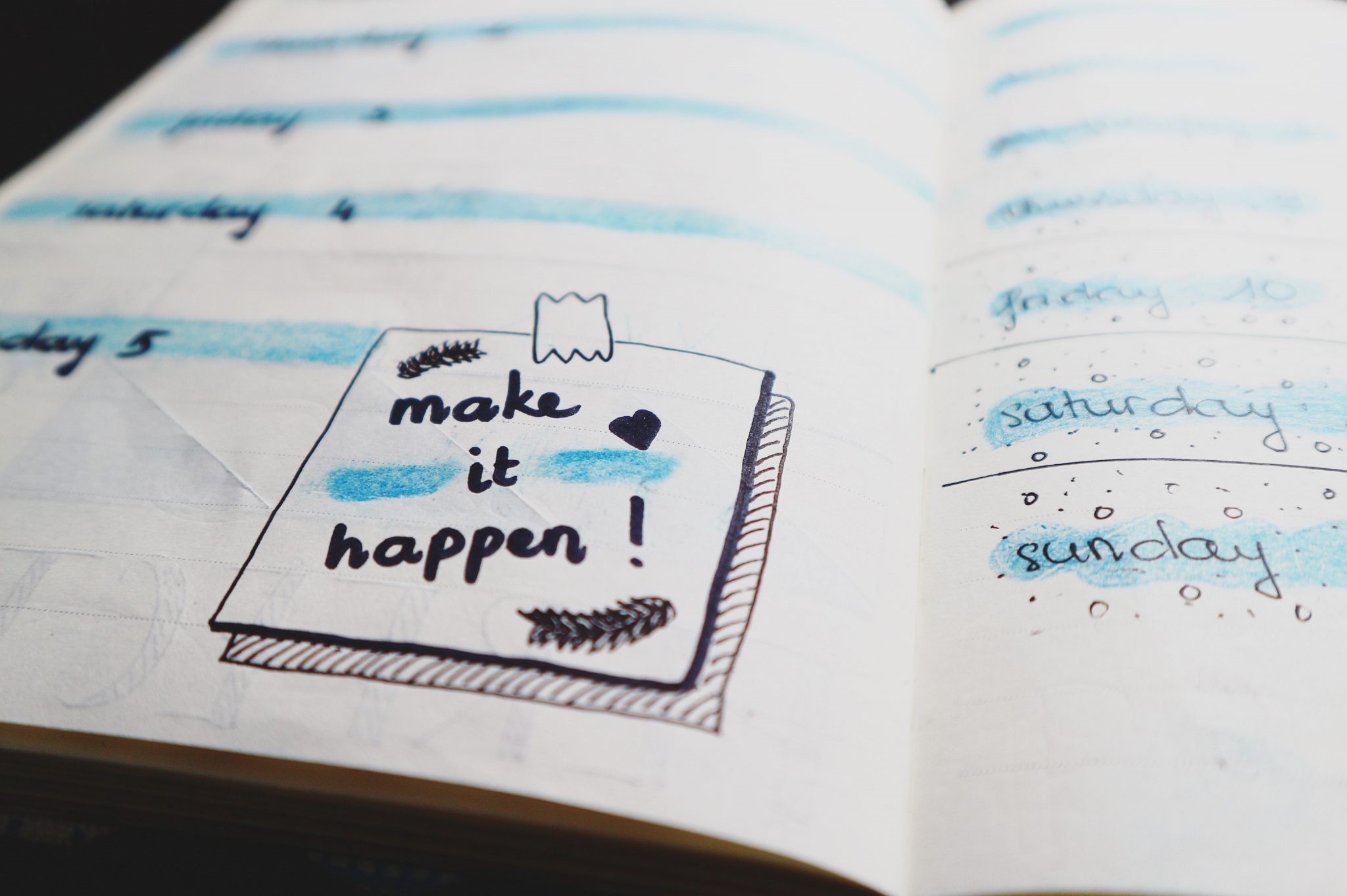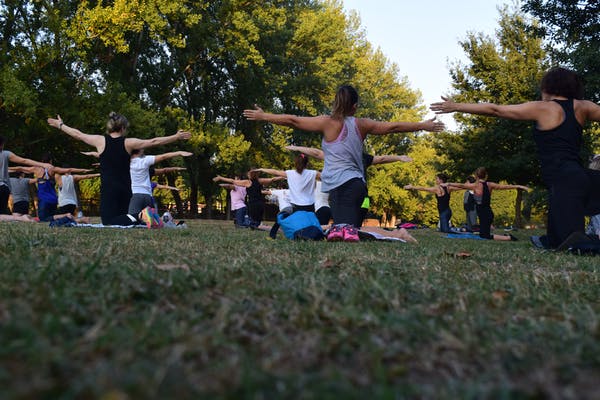
While it was certainly an adjustment, overall, I felt like I came out of COVID-19 unscathed. I’m certainly not trying to brag. I was, and still am, fortunate to work from home when I need or want to — and most of our employees are able to do the same. I was really grateful for the quality time with my family, finally getting around to projects that I’d been putting off, and it even enhanced my business savvy.
Our Collective Loss of What’s Normal
With so many other people suffering and trying to get back to work — and the economy is struggling — I don’t take it for granted that I’m grateful every morning when I wake-up. I do, however, long for the good-ole-days.
I’m certainly not the only one. Anecdotally, when I catch up with friends, family, and colleagues — some still want to meet virtually — I can hardly tolerant virtual meetings anymore. And now, the numbers have started going up in many areas of the country because of non-vaxxers.
In short, we all started to miss what we considered “normal.” According to David Kessler, author and grieving expert, that’s because we started feeling different types of grief.
Why we’re grieving — All of these things happened in Covid — and some still feel it.
“We feel the world has changed, and it has,” Kessler told HBR. “We know this is temporary, but it doesn’t feel that way, and we realize things will be different.”
“The loss of normalcy; the fear of economic toll; the loss of connection,” he adds. All of these are “hitting us, and we’re grieving. Collectively. We are not used to this kind of collective grief in the air.”
Additionally, we’re also dealing with anticipatory grief — like when the numbers started going up about a week ago — what if we have to do this all over again? We will go through anticipatory grief when we’re uncertain about the future. “Usually, it centers on death,” he says. “We feel it when someone gets a dire diagnosis or when we have the normal thought that we’ll lose a parent someday.”
“Anticipatory grief is also more broadly imagined futures,” he says. “There is a storm coming. There’s something bad out there. With a virus, this kind of grief is so confusing for people.”
The reason for this is because our primitive minds realize that “something bad is happening. However since you can’t see it, “our sense of safety” is broken, he adds. “We’re feeling that loss of safety.”
“I don’t think we’ve collectively lost our sense of general safety like this,” Kessler says. “Individually or as smaller groups, people have felt this. But all together, this is new. We are grieving on a micro and a macro level.”
If there’s any silver lining, though, it’s that there are simple and effective ways to cope. For starters, Kessler recommends understanding the stages of grief and learning calming techniques. But, you should also try these nine other strategies to help you accept and manage your feelings.
1. Don’t get stuck.
“I see a lot of jokes on social media about drinking at 10 a.m. and sharing ‘quarantinis’ over video chats, almost to the point of normalizing these self-medicating behaviors,” writes Megan Seidman, a primary therapist at Caron Renaissance. “People are cut off from their usual methods of coping, and many are turning to unhealthy ways of immediate gratification to numb their discomfort.”
It should go without saying that not only is that dangerous in the short term, but it could have long-term implications. Besides putting your health and wellness in jeopardy, being funny about the consequences of much sadness may give people ideas who are on a different level of pain — and could lead to substance abuse.
Some people never allowed themselves to grieve, and now they think we might be back in the same problems that happened a year ago. They “haven’t allowed themselves to feel the loss, fear, and grief they have,” they may experience “complicated grief and post-event trauma.”
“Complicated grief becomes all-encompassing, making it difficult for people to think about anything else,” explains Seidman. “They cannot accept the reality of the losses they’ve experienced and therefore fail to adjust to the new reality.”
What’s more, it’s going to be more challenging for these individuals to get “back into their former routines.” Seidman warns that we could “see issues in ongoing relationships, divorces, rumination over losses, and difficulty sleeping. Once the social distancing is alleviated, if people haven’t worked through this process, they’re going to have a harder time reconnecting with others.”
2. Add predictability.
You may have never thought about this until your routine was broken due to the pandemic. But they’re incredibly important. First, Northwestern Medicine notes, “offer a way to promote health and wellness through structure and organization.”
Now we’ve headed back to the office — but maybe you haven’t committed to going into the office every day as before. Maybe you don’t have a routine yet — this can make you suffer from stress, unhealthy eating, and insomnia.
If you gained a few (or a lot) of the Covid-pounds — you may have gotten yourself in poor physical condition. And, you may be ineffectively using your time and feeling non-productive.
To counter the above, add some predictability to your life. Personally, I’ve started a new routine. It took some trial and error. But I set a routine of when I will be in the office and when I will work from home. I also had all of the employees commit to a determined schedule. It helps all of us to know what is going on and when.
If you’re struggling with this, here are some pointers to get you on your way:
- Build your resistance. Don’t waste your energy fighting against change. Instead, accept it, practice some self-care, and focus on your current priorities.
- Follow your usual patterns. If you wake up at 5 am, start work at 9 am, and eat dinner at 6 pm, try to keep that schedule. You may need to be flexible, but sticking to your previous schedule as close as possible gives you a sense of normalcy.
- Schedule your habits in your calendar — schedule healthy habits like exercise or writing so that you’ll follow through. Physical activity is a proven way to reduce anxiety and depression.
- Create an optimal environment. If you’re working from home, create a dedicated space reserved only for work. Don’t forget to keep it cleaned and organized as well.
- Ask for help if you’re struggling — reach out to your support systems like a mentor or friend.
- Take a reset day. Sometimes you need to take the day off and get things in order. But don’t squander this opportunity. Instead, use it to clean your house, review your goals, or tie up any loose ends.
- Be the tortoise. A new routine won’t happen overnight. So be patient and work your way back into a routine.
3. Connect with others.
Last year — all the stay-at-home orders, quarantine, and social distancing took a toll on your mental health. Why? According to Julianne Holt-Lunstad, a professor of psychology and neuroscience and director of the Social Connections and Health Research Laboratory at Brigham Young University, it’s because “being socially connected in meaningful ways is actually key to human health and survival.”
While this was a concern before the pandemic, it does highlight the importance of connecting with others. So if you are still in some kind of a funk since Covid — make it a point to connect more completely with your loved ones. Just do it — pick up the phone — you are free to meet with people for now. Take advantage of that.
4. Practice gratitude.
Realize that the glass is not still empty — practice gratitude to put things into perspective.
Furthermore, gratitude can make you happier and improve your relationships. It may even help reduce physical ailments. These include headaches, gastrointestinal problems, and respiratory infections.
And, when it comes to being grateful — there are several ways to go about it. The most obvious would be writing in a daily gratitude journal. But, you could also send someone a ‘thank you,’ paying compliments to others and viewing each day as a new opportunity. Going for a walk outside and reflect for a moment at the end of the day and write down your wins.
5. Make time to play.
Your “play” doesn’t have to be like when you were a kid in school literally. But, scheduling time to play can give you that much-needed mental boost since it reduces stress hormones and releases endorphins. Additionally, it can make you more creative by encouraging problem-solving.
What counts as play? Anything. Board and video games, kicking a soccer ball around the backyard, puzzles, coloring, and singing are considered to play. If you can call someone to come over — do it. Our office has started to play pickleball every day at lunch and for an afternoon break. We invite other offices to join in our “tournaments.” It has been so refreshing. After such a long quarantine, sometimes we forget to get other people to come. If this is you — mark it on your Calendar or set an alarm.
6. Reduce screen time.
Now that the pandemic is over — determine to limit your screen time. Get outside and do stuff, especially since it’s summer and we can. Make a list and go do everything you dreamed about when you couldn’t get out. It is amazing how many great things are out there that are free or of little cost. But you can’t get out and do extra things if you are glued to the TV.
I’ve also established tech-free zones in the house. And, before listening to podcasts before bed — go back to reading books. You’ll be amazed at how well you sleep.
7. Focus on what you can control.
How to let go of control is no easy feat — especially for entrepreneurs. But, if there has been one key takeaway from the coronavirus, it’s that no matter how much you demand it — there are plenty of things in life that are out of your hands.
Right now, you can do things like getting on a plane, host a party and even go to a concert or sporting event. So go do each of those things. It is amazing how quickly you will perk up and be more productive.
If you are back at the office — go out and get some plants (all our office plants died). So we all went out and picked plants for the office together at a nursery — because we could. Also, get some new pillows for the office couch out front.
8. Stop worrying about being productive.
We live in a world where we obsess about being productive. And that can be problematic. Being “on” 24/7 and trying to maximize every minute of your day can make you anxious and exhausted. So to be productive and motivated — keep yourself fresh with new ideas and thoughts and do something fun.
If you feel up to getting things done, go for it, work fast and do it. On the other hand, if you are lagging in your new “back to the office” zone, give yourself a break — you’ve been through a lot.
9. Be aware of red flags.
Finally, pay attention to your grief if you have it. Don’t swallow! But pay attention to the red flags. Has your alcohol consumption increased? Are your sleeping or eating patterns different? Do you feel hopeless? If any of these things are still bugging you since the end of covid — look for a way to pull yourself out of it. It sounds cliché — but eat right, sing, dance and exercise. Ask around what others are doing, or if someone feels the same way you do.
If you answered yes to any of the above, then please seek help immediately. You can start by talking to your spouse, partner or best friend. But, you may need to reach out to a mental health professional. Please do this sooner than later so that you can move forward.









